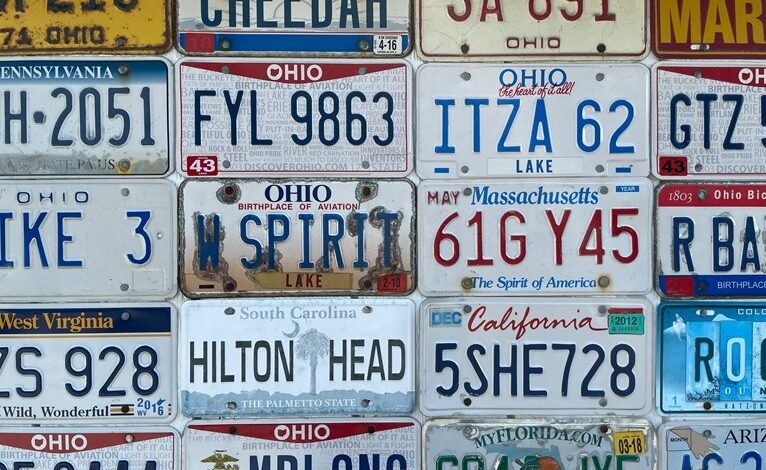State Numbers: Understanding State Number Plates

State number plates are more than mere identifiers for vehicles. They encapsulate a state's identity, reflecting its culture and values. The evolution of these plates reveals shifts in design, technology, and functionality. Additionally, their significance extends to law enforcement, aiding in vehicle tracking and crime prevention. As communities rally around their unique plates, questions arise about their deeper meanings and implications. What stories do these plates tell about regional pride and identity?
The History and Evolution of State Number Plates
The evolution of state number plates reflects a fascinating interplay between regulation, design, and identity.
Historical milestones, such as the introduction of standardized plates, marked significant shifts in public policy and individual ownership.
Advances in plate manufacturing technology enabled diverse designs while ensuring durability and legibility.
This progression not only enhanced vehicle identification but also fostered a sense of community and state pride among citizens.
Design Variations and Cultural Significance Across States
State number plates serve not only as functional identification tools but also as reflections of regional identity and cultural heritage.
Design variations across states highlight unique design trends, often featuring local landscapes, wildlife, or historical figures. These plates incorporate cultural symbols that resonate with residents, fostering a sense of belonging and pride, while also serving as visual narratives of each state's distinctive character and values.
The Role of State Number Plates in Law Enforcement and Vehicle Identification
Identification plays a crucial role in the realm of law enforcement, with state number plates serving as vital tools for vehicle tracking and ownership verification.
These plates enhance crime prevention efforts by enabling authorities to quickly identify vehicles involved in criminal activities.
Furthermore, they facilitate the efficient retrieval of stolen vehicles, contributing significantly to public safety and the overall effectiveness of law enforcement agencies.
Conclusion
In conclusion, state number plates are more than mere metal tags; they are the colorful threads that weave together the fabric of regional identity and community pride. As they evolved through history, their designs not only reflect cultural significance but also serve vital roles in law enforcement and vehicle identification. Ultimately, these plates stand as a testament to the unique stories and values of each state, making them an integral part of the American landscape.







